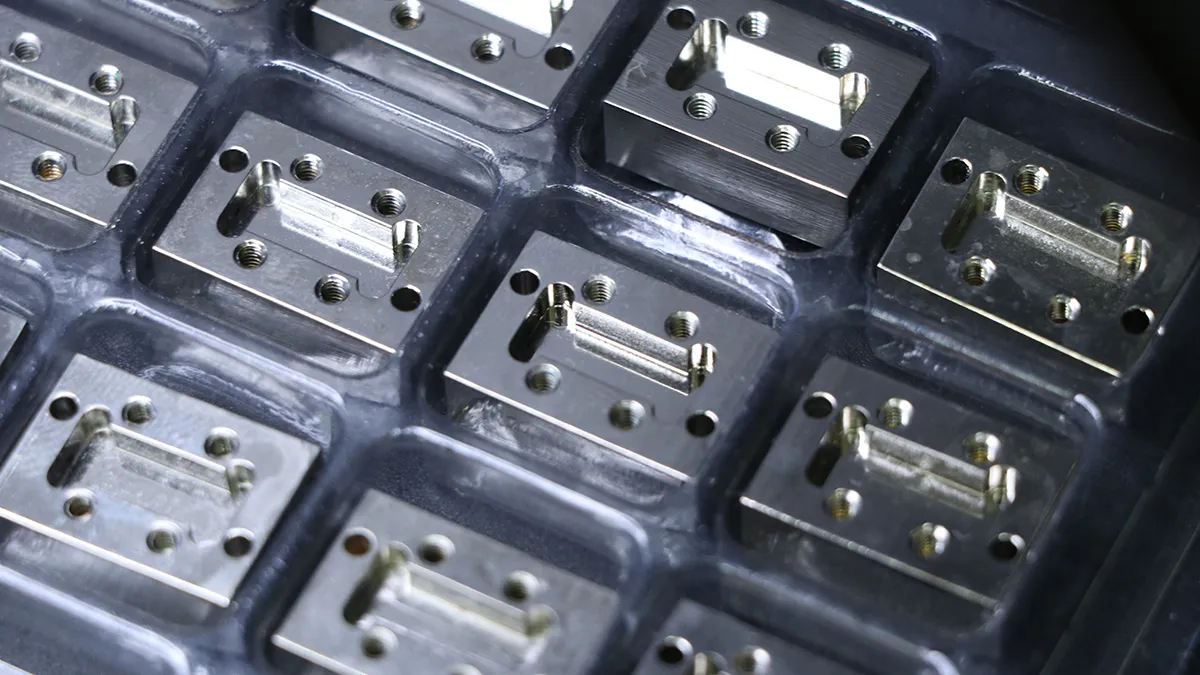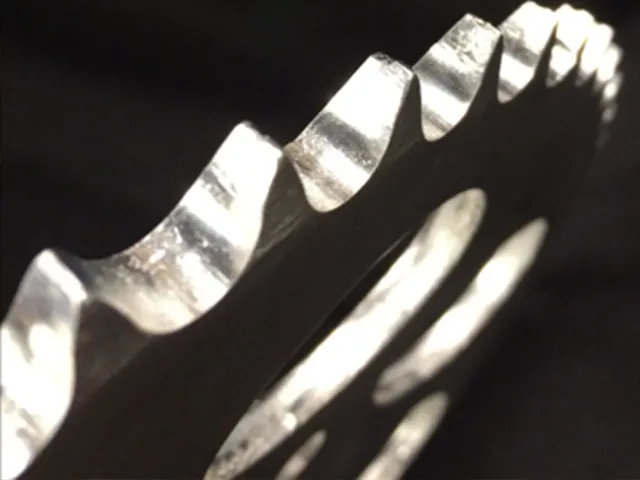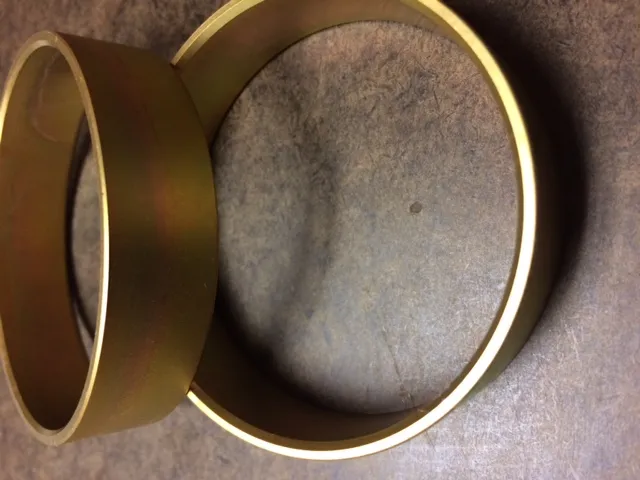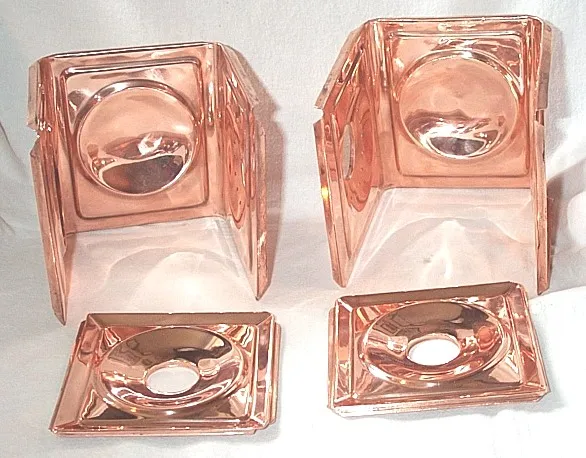What is Diecast and Nickel Plating?
Diecast refers to a manufacturing process where molten metal is forced into a mold cavity under high pressure. This method is commonly used to produce intricate and detailed parts, from toys and automotive components to various industrial products. The process results in components with complex shapes and smooth surfaces. Nickel plating, on the other hand, is an electroplating process where a layer of nickel is deposited onto a metal substrate. This process is employed to enhance the appearance, corrosion resistance, and durability of the diecast parts. It involves immersing the diecast part in a solution containing nickel ions and applying an electrical current. This causes the nickel ions to be reduced and deposited as a solid layer on the surface of the diecast part. Combining these two creates high-quality products.
The Process of Nickel Plating Diecast
Nickel plating diecast is a multi-step process that requires careful preparation and execution to ensure a high-quality finish. The process starts with thorough cleaning and preparation of the diecast surface, followed by the application of the nickel plating itself. Post-plating procedures are crucial to achieving the desired look and protecting the plated surface. Every step must be done correctly to achieve the best outcome. Different methods can be applied depending on the quality desired, the equipment available, and specific project requirements. It’s essential to understand each stage and implement the appropriate techniques for the best results, leading to better-looking and longer-lasting parts.
Surface Preparation for Nickel Plating

Proper surface preparation is crucial for the successful nickel plating of diecast parts. This involves ensuring the diecast surface is clean, smooth, and free from any contaminants that might interfere with the plating process. The preparation stage significantly influences the adhesion, uniformity, and overall quality of the nickel plating. Without proper surface preparation, the plating may not adhere correctly, leading to defects like peeling or blistering. This preparation typically involves several steps, including cleaning, buffing, and polishing. Each step plays an important role in creating a surface ready to accept the nickel layer. By paying attention to detail during this preparation, you can achieve superior nickel plating results.
Cleaning the Diecast Surface
Cleaning the diecast surface is the initial step in surface preparation. It removes any oils, grease, dirt, and oxidation that may be present on the part. This can be achieved through various methods, including chemical cleaning and ultrasonic cleaning. Chemical cleaning typically involves using alkaline or acidic solutions to dissolve contaminants. Ultrasonic cleaning uses high-frequency sound waves to agitate the cleaning solution, effectively removing dirt from difficult-to-reach areas. The chosen cleaning method depends on the type of contaminants and the specific diecast material. Following cleaning, it’s essential to rinse the part thoroughly with water to remove any remaining cleaning solution, as this solution would negatively affect the plating adhesion.
Buffing and Polishing Diecast
After cleaning, buffing and polishing are often performed to smooth the surface and enhance its appearance. Buffing involves using abrasive compounds and rotating wheels to remove imperfections, scratches, and surface irregularities. Polishing refines the surface further, creating a smooth and shiny finish. The degree of buffing and polishing depends on the desired finish. A highly polished surface generally produces a more reflective and aesthetically pleasing nickel plating result. The right combination of buffing wheels, compounds, and techniques is critical to achieving the desired outcome. Proper preparation ensures the nickel plating is smooth and beautiful, creating a professional appearance and extending the life of the diecast component.
Applying the Nickel Plating

Applying the nickel plating involves immersing the prepared diecast part in an electrolyte solution and applying an electric current. This process causes nickel ions in the solution to deposit onto the surface of the diecast part. There are two main types of nickel plating methods: electrolytic nickel plating and electroless nickel plating. Each method has unique advantages and applications. The choice between electrolytic and electroless plating depends on factors like the desired properties of the plating, the geometry of the part, and the production volume. Careful control of plating parameters, such as current density, plating time, and solution composition, is essential for achieving consistent and high-quality results.
Electrolytic Nickel Plating
Electrolytic nickel plating is the most common method for applying nickel coatings. The process uses an electric current to reduce nickel ions from a solution and deposit them onto the diecast surface. The part to be plated acts as the cathode (negative electrode), while a nickel anode (positive electrode) is immersed in the electrolyte solution. The applied current causes nickel ions to migrate from the anode, through the solution, and deposit onto the cathode. Electrolytic plating offers good control over plating thickness and is suitable for a wide range of applications. It can be adapted to plate complex shapes, providing good corrosion resistance and a bright or satin finish. Factors like current density and plating time are precisely controlled to ensure a uniform and high-quality coating.
Electroless Nickel Plating
Electroless nickel plating is a method that does not require an electric current. The plating process is achieved through an autocatalytic chemical reaction. The diecast part is immersed in a solution containing nickel ions and a reducing agent, which causes nickel to deposit on the surface. This method is particularly advantageous for plating complex shapes and achieving uniform coating thickness, even in areas with limited accessibility. The electroless nickel plating process offers excellent corrosion resistance and wear resistance. It’s especially useful when a uniform coating is required on parts with complex geometries or when electrical conductivity is not a primary concern. It’s often used in situations where electrolytic plating may not be as effective.
Post-Plating Procedures

After the nickel plating process is complete, several post-plating procedures can be performed to enhance the final finish and improve the performance of the coating. These procedures can include rinsing, drying, and applying additional coatings, such as clear lacquers or sealants. Rinsing removes any residual plating solution from the surface, preventing corrosion or other issues. Drying can be done through various methods, including air drying, oven drying, or using a desiccant. Applying a clear lacquer or sealant can provide added protection against corrosion and improve the appearance of the nickel-plated part, giving it a lasting shine. These post-plating procedures are essential to ensure the nickel-plated parts meet the required quality standards and performance specifications.
Quality Control and Inspection
Quality control and inspection are critical steps in the nickel plating process. Ensuring that the plating meets the required standards and specifications is essential for producing high-quality parts. This involves a series of inspections and tests performed throughout the process, from surface preparation to the final product. Inspections include visual checks for defects, such as blisters, uneven plating, or surface imperfections. Testing may involve measuring the plating thickness, assessing the coating’s adhesion, and evaluating its corrosion resistance. Regular quality checks help identify any issues early on, allowing for corrective actions to prevent defects. Implementing a robust quality control system is fundamental for ensuring the nickel-plated parts meet or exceed customer expectations.
Ensuring a Successful Nickel Plating
Achieving successful nickel plating requires careful attention to all aspects of the process. This includes diligent surface preparation, precise control of plating parameters, and rigorous quality control measures. Understanding the properties of the diecast material and the desired characteristics of the nickel plating is crucial. Selecting the appropriate plating method, whether electrolytic or electroless, and using the correct plating solutions are also key factors. Regular maintenance of plating equipment and adherence to safety procedures are essential to ensure a smooth and safe plating operation. By implementing these best practices, you can consistently achieve high-quality, durable, and aesthetically pleasing nickel plating results.
Troubleshooting Common Issues

Even with careful planning and execution, issues can sometimes arise during the nickel plating process. Common problems include poor adhesion, uneven plating, blistering, and corrosion. Troubleshooting these issues requires a systematic approach. Analyzing the root cause of the problem is crucial. For example, poor adhesion might be due to inadequate surface preparation or contamination. Uneven plating can result from incorrect current density or poor solution circulation. Blistering might be caused by trapped gases or contaminants. Corrosion can be due to inadequate plating thickness or the presence of defects. Identifying the underlying cause and taking corrective action, such as re-cleaning the parts, adjusting plating parameters, or using a different plating solution, will help to resolve the issue and ensure the quality of the nickel plating.
Diecast Nickel Plating Cost Considerations
The cost of nickel plating diecast parts depends on several factors, including the size and complexity of the parts, the plating method used, the desired plating thickness, and the production volume. Other cost factors include the labor involved in surface preparation and the plating process. The cost of plating materials, such as nickel salts and other chemicals, also contributes to the overall expense. The cost can be reduced by optimizing the plating process, such as using efficient plating equipment and minimizing waste. However, it is important to balance cost considerations with the need to achieve the desired quality and performance characteristics. Choosing the right plating method and carefully managing the plating parameters helps to provide the best value for the desired results.
